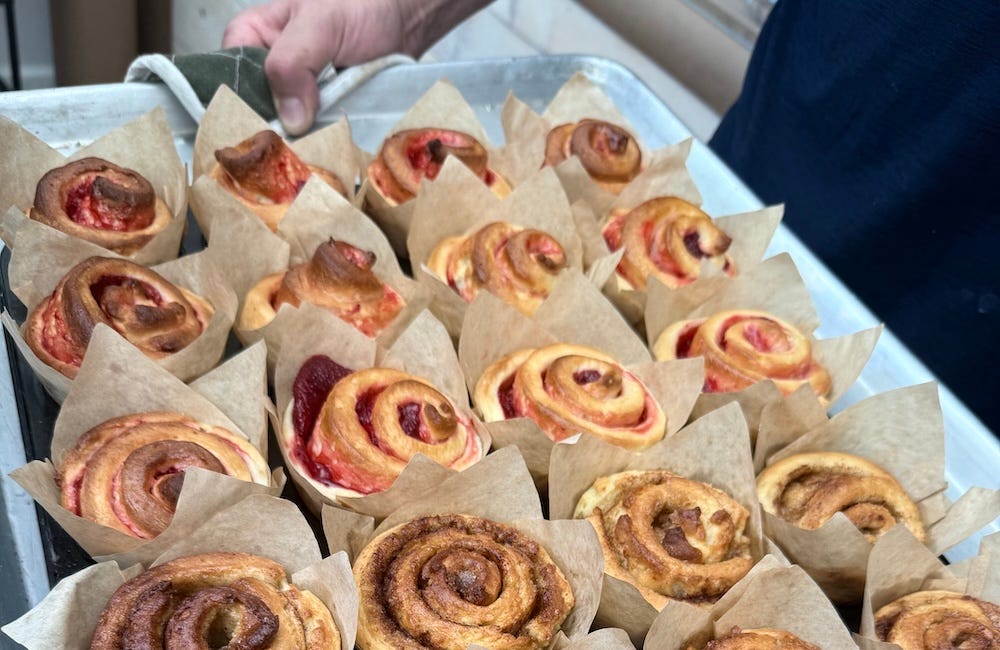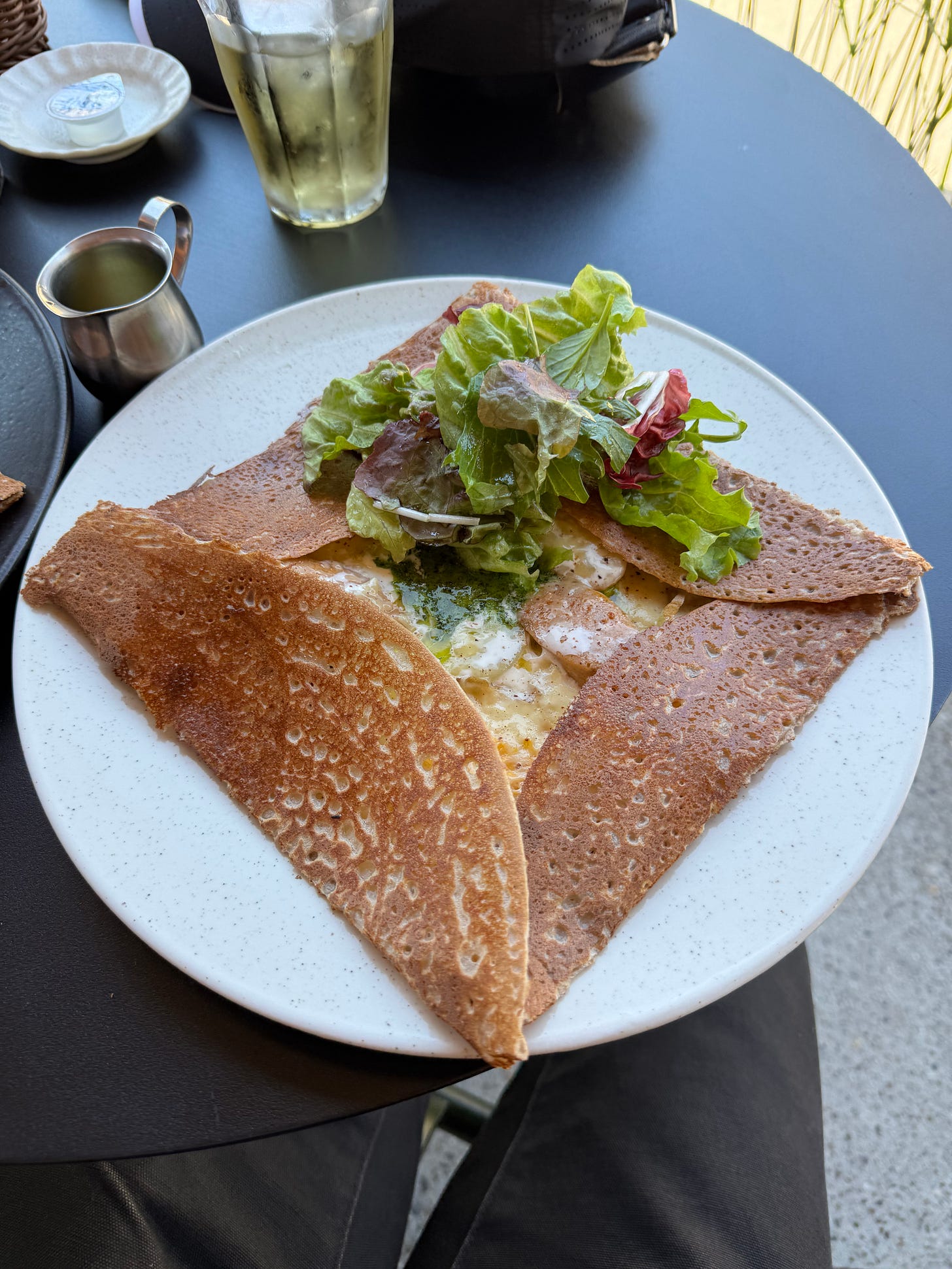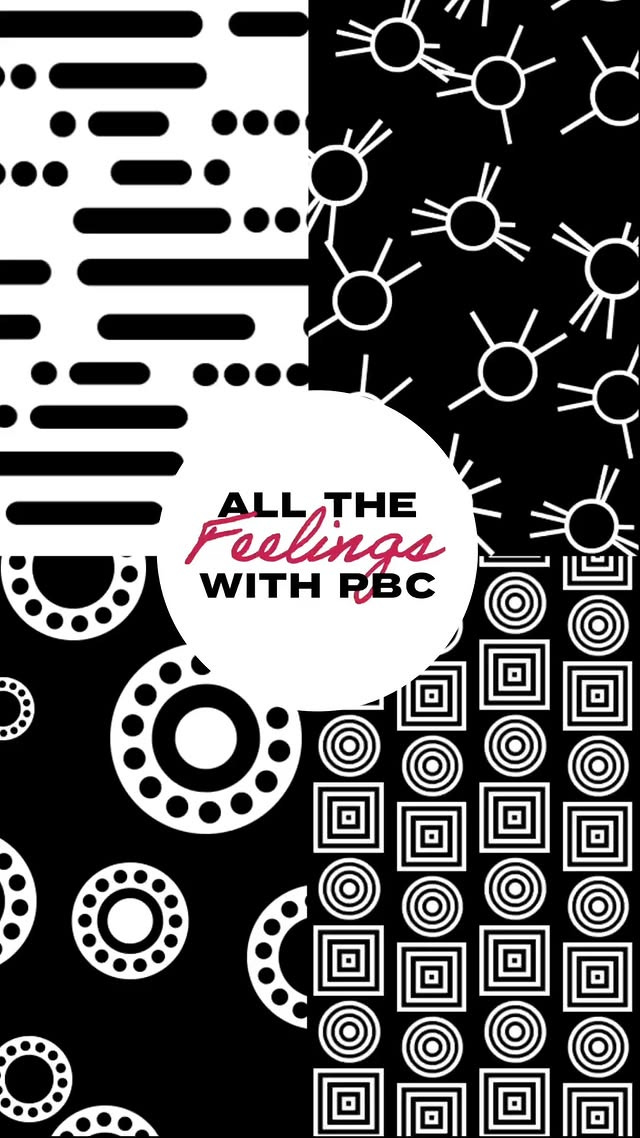Q&A: How a Beauty and Fashion Consultant Navigates Celiac Disease
An interview with Allison Collins, co-founder of The Consumer Collective
New York Fashion Week (NYFW) is here through September 16—and while I no longer go backstage to interview makeup artists and hairstylists about the beauty looks they’ve created for a living, I still like to follow along with the shows to see what’s trending.
One thing I noticed during this most recent NYFW? Chronic illness getting the spotlight in two pretty cool runway shows—one highlighting primary biliary cholangitis (PBC), a rare autoimmune liver disorder, and another all about Lyme disease.
Prior to NYFW, I had the chance to interview Allison Collins, the co-founder of The Consumer Collective and a seasoned fashion and beauty reporter, about her career in the industry and how she manages multiple dietary restrictions (she has celiac disease and a nut allergy).
Keep reading for my conversation with Allison and a recap of these two very special NYFW runway shows.
Table of contents:
Interview with Allison Collins of The Consumer Collective
All the Feelings With PBC Runway Show
Project Lab Coat 2025
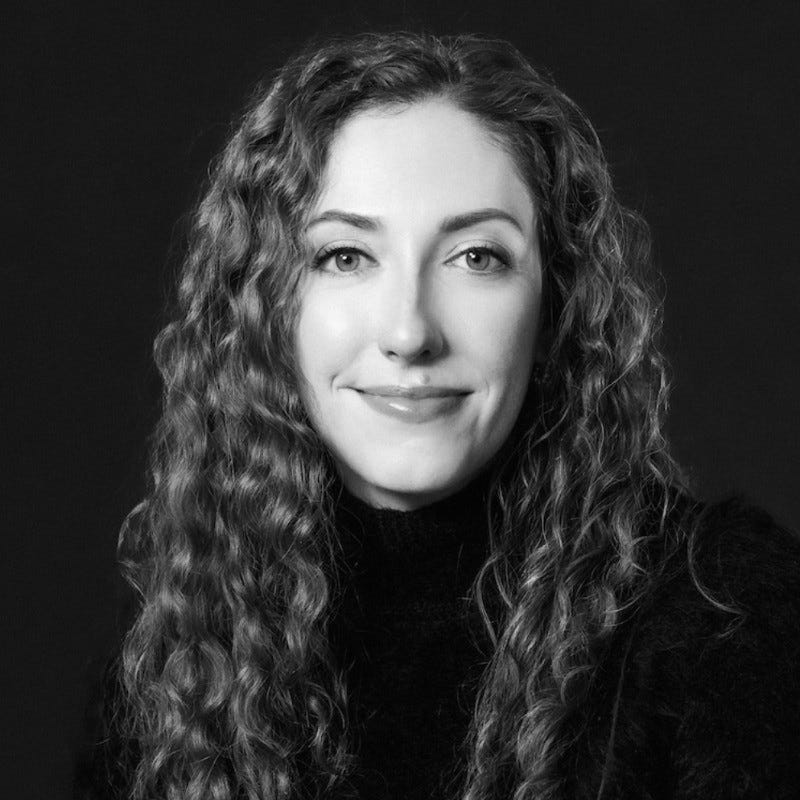
Interview with Allison Collins of The Consumer Collective
I met Allison Collins a decade ago when I was a beauty editor at Women’s Health. After contributing many beauty articles to Women’s Health’s website, Allison moved into a role at Women’s Wear Daily (WWD), where she worked for almost nine years covering fashion and beauty.
Last year, she left her position as executive managing editor to co-found her own company, The Consumer Collective, helping brands in beauty, fashion, home, retail, and more use data and insights to grow their companies. She and her co-founder, Jessica Ramírez, launched a newsletter this spring where they unpack what's going on across the consumer landscape:
I reconnected with Allison earlier this year and learned that she had been diagnosed with celiac disease a few years ago, just like me! Ahead, learn about how she manages celiac disease and a nut allergy, how she navigates dietary restrictions while working in fashion, and more.
Q: Tell me about your nut allergy and celiac diagnoses.
A: I got diagnosed with the nut allergy when I was pretty young. I was 4, and I was at a family party and took a bite of carrot cake. I went to my mom and said, “I’m so itchy.” She said, “Oh my God, what is going on?” She took me to the doctor later, and he said I was super allergic to nuts.
It started as just tree nuts, so I could still eat peanuts when I was younger. But around the time I was in college, I started to become sensitive to them too, which my doctor warned me could happen.
I don’t have an anaphylactic response to peanuts, but I have gone into anaphylactic shock from other nuts many times. I went through a period in my mid-20s where I was going out to a lot of restaurants, but they didn’t take the same level of care as they do now.
As for celiac disease, I was diagnosed in 2019 and had been having stomach issues for months—and honestly, I might have been having them for years, but they had gotten worse. I was at my physical and mentioned it to my doctor, thinking this was just a part of getting older. I was almost 30. And she said that this wasn’t a normal part of getting older and ended up testing me for celiac disease.
When the test results came back, she called me and said I definitely had celiac disease and I had to stop eating gluten. Within a few weeks of eliminating gluten from my diet and changing how I ate, most of my stomach issues went away.
It’s one of those things where you hear the diagnosis and you’re like, “oh, shit,” but practically, it changed my life in a really positive way because I knew what I needed to do to not feel bad.
Q: A lot of gluten-free products are made with alternative flours, like almond flour. How do you handle being both gluten-free and nut-free?
A: It’s not easy. I tend to go for things that are naturally gluten-free over substitutes because of that. If I’m dining at a restaurant, if it’s between getting the gluten-free pasta or the salmon, I’ll just get the salmon so I don’t have to worry about it.
The bakery situation is usually the hardest, and I tend to just avoid them for the most part because they don’t feel safe. There are some bakeries that are nut-free or that are pretty good with their separation, and I’ll try those. But I usually carry two EpiPens and Benadryl with me in case I have an allergic reaction.
Q: You’ve covered a lot of big events like NYFW at work. How do you handle dietary restrictions on the job?
A: For WWD events, the team was always very accommodating. They knew all about my food restrictions and would help prepare in advance to make sure there was something I could eat.
My colleagues were always really helpful and supportive, making sure that if we were at a multi-day conference, I wasn’t surviving on lettuce. For other events, honestly, I would usually eat something in advance to be safe. Or, if I was traveling, I’d look up a few places that I might be able to eat in advance so I had a backup plan.
Allison’s favorite NYC spots for gluten-free food
The Brooklyn-based Allison shares a few spots she likes for gluten-free food in NYC:
Gersi: “I love this Italian restaurant near me where they’re super good about nuts. It’s not a 100% nut-free establishment, but their menu isn’t nut-oriented at all. They have gluten-free pasta, although I usually get the salmon here because it’s so good.”
Vic’s: “They have such good gluten-free pasta. If I want pasta specifically, sometimes we’ll go into the city and get it there.”
3x3 Kitchen: “I order their gluten-free sourdough bread on Fresh Direct. It brings me so much joy because sometimes I feel like the grocery store gluten-free bread is just depressing—and I don’t want to eat depressing food.”
Check out my review of 3x3 Kitchen to learn all about this gluten-free bakery:
A Hidden Gluten-Free Gem in The Bronx
Living in New York City, I’m lucky to have access to some of the best gluten-free bakeries and restaurants in the country. While I’ve thoroughly explored the gluten-free scene in Manhattan, Brooklyn, and Queens over the past five years since my celiac diagnosis, I haven’t spent any time in The Bronx.
Allison’s favorite spots in Japan for gluten-free food
Fun fact: Allison lived in Japan for a few years as a kid and recently traveled back for the first time as an adult with celiac disease. Her recommendations for gluten-free food in Japan include:
Gluten-free ramen at Shinbu Sakiya Ramen in Shibuya, Tokyo
Fluffy strawberry pancakes from Rizlabo Kitchen in Tokyo
Buckwheat galette from Breizh Café Crêperie in Kyoto
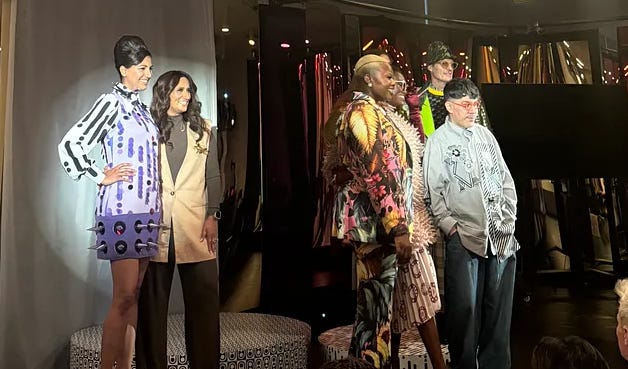
All the Feelings With PBC Runway Show
To kick off NYFW on September 10, I had the opportunity to attend a special runway show hosted by Gilead Sciences at The Glasshouse at Bryant Park to spotlight PBC, a chronic autoimmune disease of the bile ducts that affects about 130,000 Americans.
Fashion designer Mondo Guerra (you might recognize him from Project Runway—he’s my all-time favorite contestant from the show) created four eye-catching looks worn by models and inspired by patients living with PBC.
These patients, along with Mondo and Dr. Ilan S. Weisberg, MD, chief, division of gastroenterology and hepatology, NYP Brooklyn Methodist Hospital, first participated in a panel discussion about PBC.
I had never heard of PBC before this event, but I learned that it affects the liver and can lead to cirrhosis and the need for a liver transplant if not treated. As Weisberg noted during the panel, early detection is key to preventing scar tissue and cirrhosis that can necessitate a transplant.
Two common symptoms of PBC are itching and fatigue. So, Mondo used fabrics associated with being scratchy in his designs. His collection of four looks started off more literally and then got more interpretive.
Mondo was the perfect designer to lead this project: He’s lived with chronic disease for 25 years and has shared his own health story publicly. (I’ll never forget the moment he revealed his HIV-positive status on Project Runway back in 2010.)
Here’s a behind-the-scenes look at Mondo’s PBC-inspired collection:
“As someone who’s used fashion to tell my own health story, I know the power that creative expression holds in making invisible experiences visible,” said Mondo at the event. “When I spoke with people living with PBC, I was struck by the strength it takes to carry both the physical symptoms and the emotional weight of the disease, often in silence. This collection is my way of honoring their voices and helping the world see what they go through every day.”
Project Lab Coat 2025
At another NYFW runway show held on September 13, Lyme disease took center stage. Project Lab Coat 2025, hosted by Runway 7, featured celebrities, doctors, researchers, and Lyme advocates walking the runway in lab coats designed to tell the story of Lyme disease.
The full runway show is available to stream for $50, with all proceeds going to Lyme disease research at Project Lyme, the Global Lyme Alliance, and the LymeLight Foundation.
Tell me in the comments: How do you navigate multiple dietary restrictions? And what health conditions would you like to see in the spotlight next?




